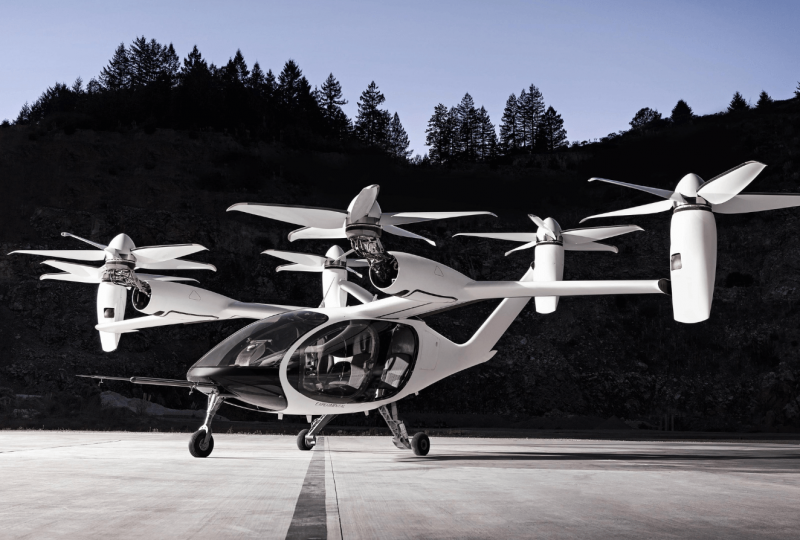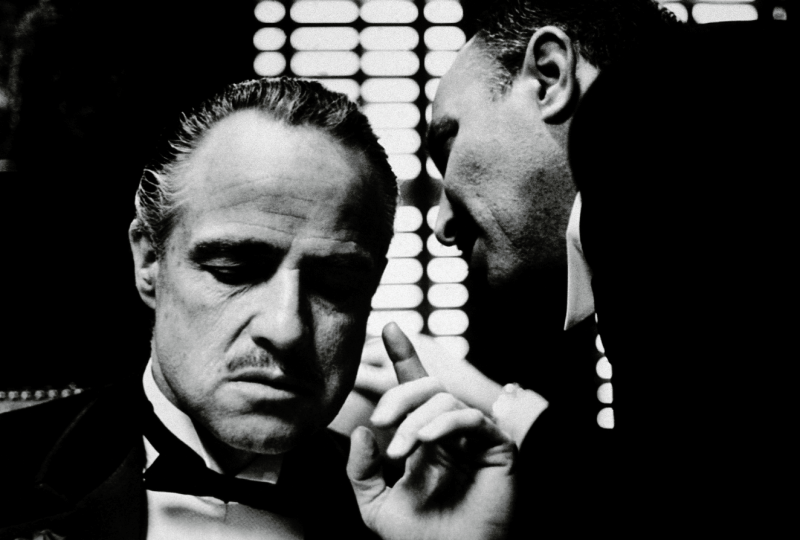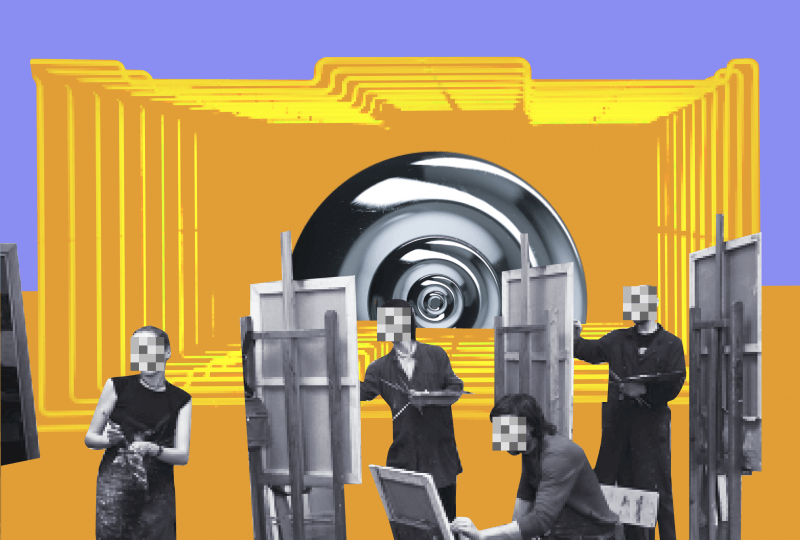Air Taxi CEO: Fully-Autonomous Plane Market Could Reach $4 Trillion By 2035
Feb 01, 2022

Whether you commute by automobile, taxi, or public transit, the hustle-bustle of urban areas may make getting around the city time-consuming and expensive. An advanced air mobility (AAM) firm, Wisk Aero may have the answer — a driverless, electric flying taxi.
"You're trapped in a taxi, trapped in your automobile. Not only is it a lengthy journey, but it may take several hours to get there," Wisk Aero chief executive officer Gary Gysin said. "However, unpredictability is also a factor. You have no idea when you'll get to your location. So that is the issue we are attempting to resolve."
Gysin commented about Wisk Aero's cooperation with Boeing and the possibilities for the firm's electric vertical take-off and landing (eVTOL) systems. Wisk is headquartered in the San Francisco Bay Area and New Zealand and is supported by entrepreneur Larry Page's Kitty Hawk Corporation.
According to its website's figures, Wisk is one of the top-funded AAM firms worldwide, thanks to the $450 million it received from Boeing. This funding will be used to assist Wisk's expansion and production scaling initiatives, as well as to advance the creation of its sixth-gen eVTOL aircraft, which will be the first candidate for licensing of a driverless, fully-electric carrying passengers aircraft in the United States.
"It's not just about funding the firm," Gysin explained. "This is about collaborating with the world's leading aircraft company. Think about Silicon Valley, innovations — anything is conceivable when you combine it with the major aviation company that has been there, done that, certified aircraft, and understands how to deliver secure services."
In terms of Wisk's partnerships with other organizations such as federal organizations such as the Federal Aviation Administration, regulatory backing from around the world was a pleasant surprise for Gysin. He added that the FAA's collaboration has been important in guiding Wisk through the aircraft construction and licensing.
Air travel is becoming a reality
While Gysin did not specify a concrete timeframe for Wisk's flying taxi to begin operations, people in the industry anticipate that the passenger aircraft will be certified in 2028. He estimates that the market for self-driving air taxis might exceed $4 trillion by 2035, and he has big plans to change the way people travel.
And, since Wisk's air taxi is electric, Gysin said that the aircraft's fewer moving components enable the firm to considerably lower prices, ultimately fulfilling the pricing demands of the ordinary traveler.
"There is much less servicing, fewer running expenses, and no piloting cuts expenditures," he noted. "As a result, if our operational expenses are reduced, we will be able to charge less. We can widen our outreach to the general public. And our objective is for university students, or those who are just starting in their careers, to be able to afford this as a common method of travel."
Regarding infrastructure modifications required for Wisk to fully grow its activities in metropolitan zones, Gysin explained that the business might use current landing pads and airports. Electric charging points and the ability to on-load and off-load people will be necessary, but in the end, not much new infrastructure will be needed.
"We have a 20-city deployment strategy. We haven't published anything yet, but we have a strategy," Gysin stated. "We're working with the first locations where we'll begin testing."




